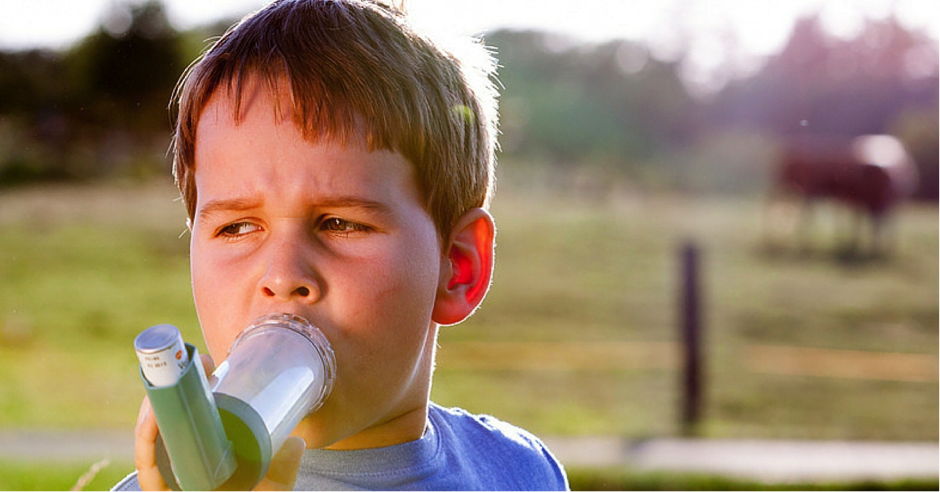Migraines are a common type of neurological disorder which can be highly distressing and disabling. Usually, it presents itself as an intense one-sided pulsating headache, and any physical activity can further aggravate the condition. In some patients, migraines can be associated with nausea, vomiting, increased photosensitivity, sensitivity to sound, and even some smells.
Causes and Symptoms of Migraines
Previous research indicates that women are more likely to suffer from this condition in terms of both frequency and severity. This is because migraines are affected by hormones, with the condition beginning to appear during menarche (the first menstrual cycle), prevailing during reproductive years, and finally decreasing around menopausal years. After the age of seventy, women who regularly suffer from migraines often find that the migraines become less prevalent, and accompanying symptoms such as nausea and light sensitivity become less pronounced. Some women also find that their migraines reduce during pregnancy however they may reappear following birth.
To be able to cope with the condition, it is important to be able to understand what causes migraines. Most patients report that their migraines are usually provoked or even aggravated by environmental factors such as diet or meteorological changes. Some of the most commonly reported food-related triggers include:
- Chocolate
- Coffee or similar caffeinated drinks
- Additives, such as artificial sweeteners
- Cheese
- Nuts
- Alcohol
Other triggers for migraines include:
- Bright or flickering lights
- Loud sounds
- Weather changes
- Strong odours, such as perfumes, paint, or smoke
- Hormones, especially for women near the time of their period
- Exhaustion or a lack of sleep
- Stress
It is important to point out that these triggers are not universal and will not apply to everyone who suffers from migraines. Since prevention is always better than cure, the best way to reduce or stop migraines would be to identify what triggers them and making appropriate lifestyle changes.
The International Headache Society currently classifies any headaches into a migraine when the pain can be described as one-sided, moderate to severe pain, throbbing, or aggravated by movement. The pain lasts for anywhere between four to seventy-two hours. Other symptoms can include light, noise, or smell sensitivity, nausea and vomiting, feeling confused and having difficulty in concentration, feelings of being extremely unwell, diarrhoea, shoulder and neck stiffness, or even speech disturbance.
Treating Migraines
Immediately effective treatments, such as over-the-counter painkillers and anti-nausea medications, are available to help relieve the initial and most troubling symptoms of migraines. If these don’t work, doctors can prescribe triptans which have been found to work successfully in up to two-thirds of patients. However you may need to try more than one type to find the medicine that suits you the best.
Other suggested treatments involve relaxation techniques such as yoga, meditation, and controlled breathing, which are all effective ways to manage high stress and anxiety levels. Options such as acupuncture or cognitive behavioural therapy are also available, however there is currently little evidence to show how effective they are in combating migraines.
If you find that you are regularly suffering from migraines, which are affecting your quality of life, it is best to make an appointment to see your doctor to get a professional diagnosis and appropriate medical care.







